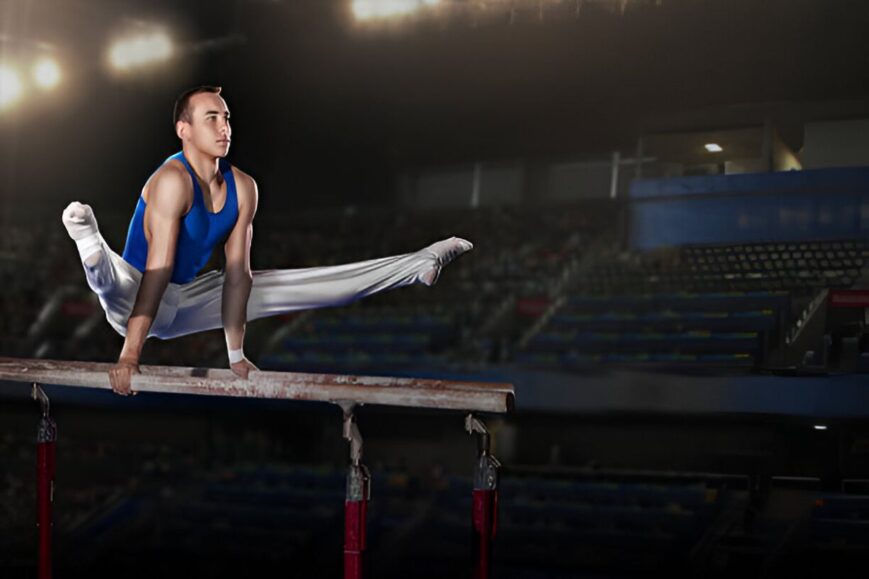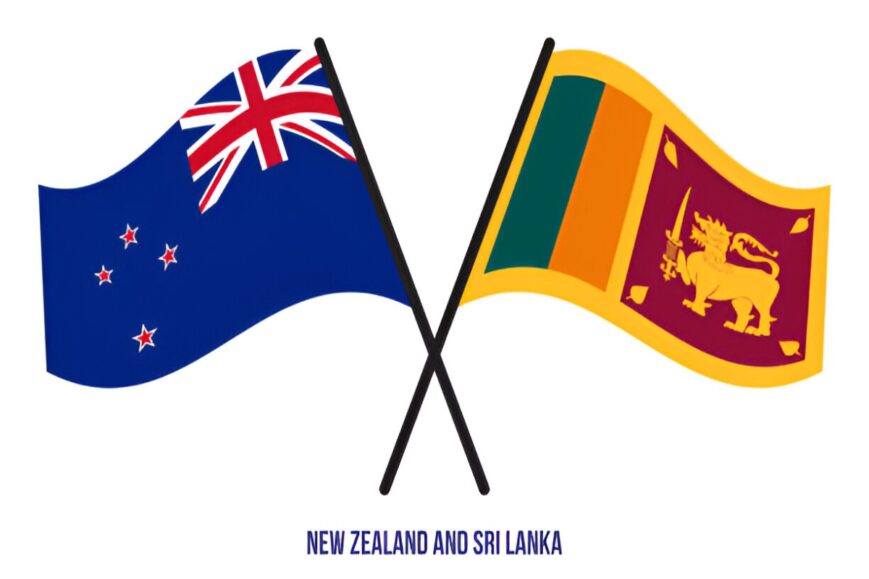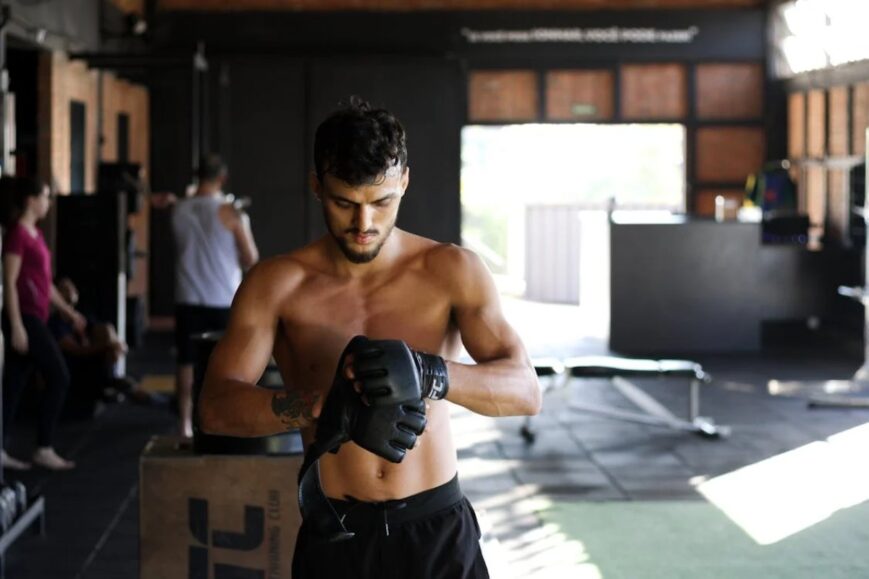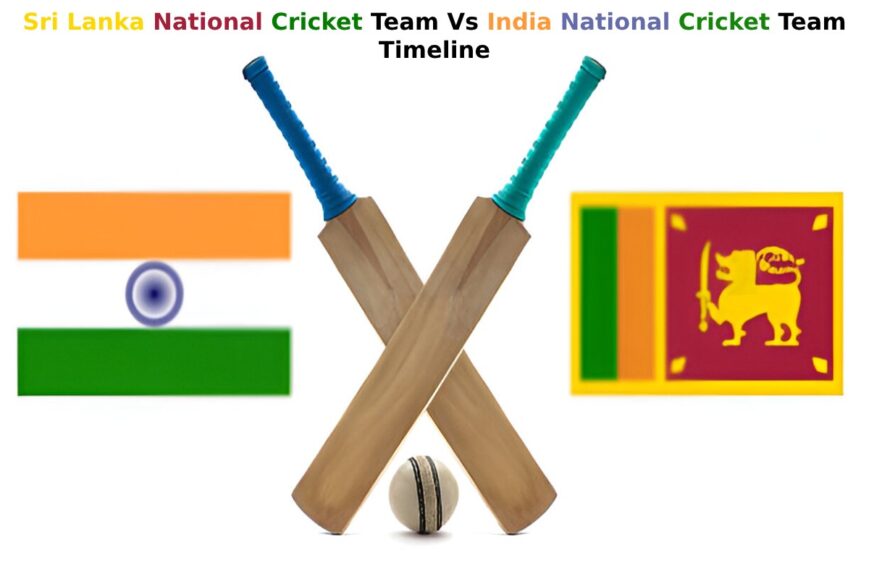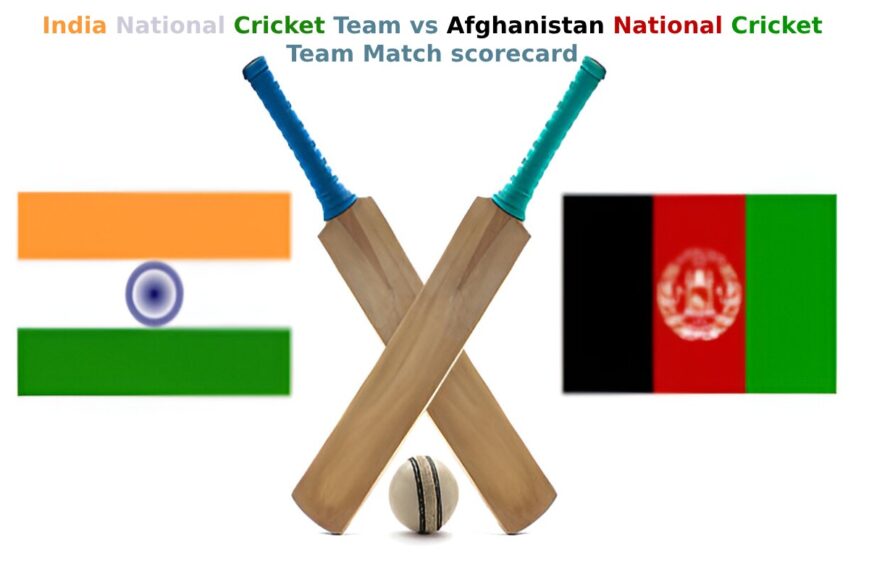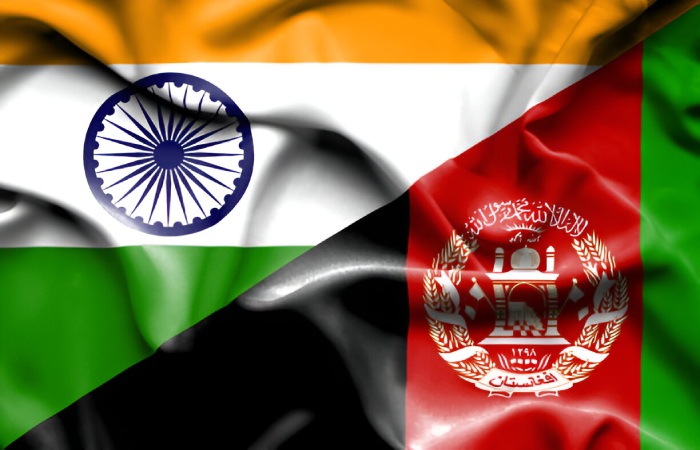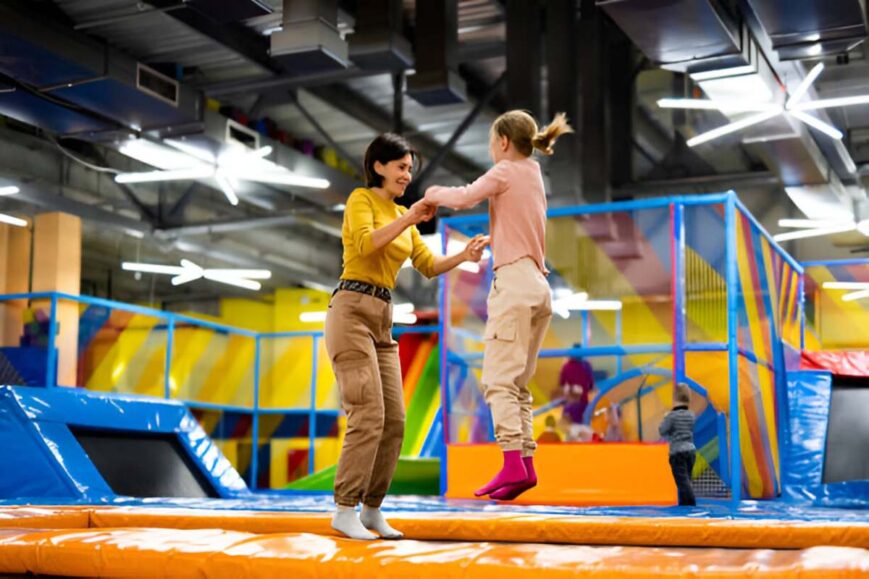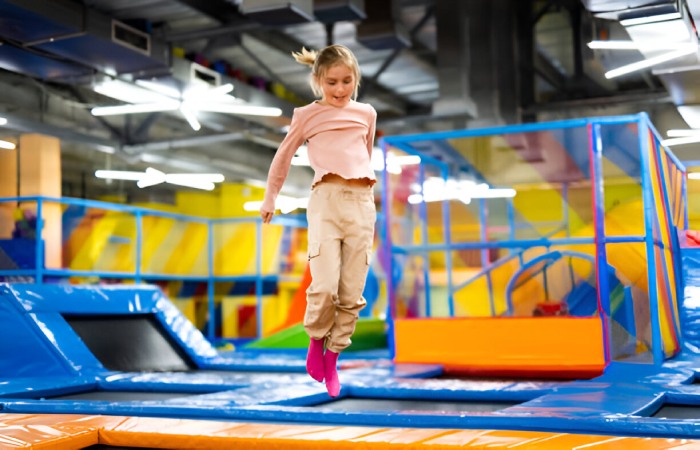You know that feeling when you’re watching artistic gymnastics Olympics and suddenly, you’re holding your breath? Yeah, that’s exactly what happened to me during the last Olympics. I was sitting in my living room, chai in hand, watching these incredible athletes defy gravity, and I thought – “How do they even do that?”
If you’ve ever found yourself glued to your TV screen during Olympic gymnastics, wondering about the stories behind those perfect routines, you’re in the right place. I’ve been following Olympic gymnastics for years now, and trust me, there’s so much more to it than those 90-second routines we see on screen.
What Makes Artistic Gymnastics Olympics So Special?
Let’s be real – artistic gymnastics at the Olympics isn’t just about flipping and jumping. It’s poetry in motion, combined with the kind of strength that makes you question your own fitness routine (guilty as charged!).
I remember watching Nadia Comaneci’s perfect 10 routine years ago on YouTube, and it literally gave me chills. The precision, the grace, the way she made impossible moves look effortless – that’s what Olympic artistic gymnastics is all about.
Here’s what sets Olympic gymnastics apart:
- Pressure like no other – Imagine performing your life’s work in front of millions
- Years of preparation – These athletes train 6-8 hours daily for this moment
- National pride – Carrying your country’s hopes on those parallel bars
- Technical perfection – Every landing, every twist has to be spot-on
The thing about gymnastics Olympics is that it’s not just a sport – it’s storytelling through movement. Each routine tells a story, and honestly, some of them have made me tear up.
Breaking Down the Olympic Gymnastics Events (It’s Not Just Floor Exercise!)
Okay, so when I first started watching artistic gymnastics Olympics, I thought it was all about those amazing floor routines with the music. Boy was I wrong!
Men’s Artistic Gymnastics Events
- Floor Exercise – Yeah, this one’s obvious, but did you know male gymnasts don’t perform to music? They focus purely on tumbling and strength moves. Mind-blowing, right?
- Pommel Horse – This looks impossible to me. Seriously, how do they make their legs move like that while supporting their entire body weight?
- Still Rings – Pure upper body strength. I can barely do a proper push-up, and these guys are holding themselves horizontal in the air!
- Vault – Blink and you’ll miss it. These athletes run full speed and launch themselves over a vault that’s taller than most of us.
- Parallel Bars – Strength and precision combined. One wrong move and… well, let’s not think about that.
- Horizontal Bar – The grand finale! Those release moves where they let go completely? My heart stops every single time.
Women’s Artistic Gymnastics Events
- Vault – Same concept as men’s, but the techniques can be different
- Uneven Bars – This is where I hold my breath the most. The way they swing between bars of different heights is pure magic.
- Balance Beam – Four inches wide, four feet high, and they’re doing backflips on it. Let that sink in.
- Floor Exercise – The crowd favorite! 90 seconds of tumbling, dance, and storytelling set to music.
The Stories That Made Me Fall in Love with Olympic Gymnastics
I’ll never forget watching Kerri Strug’s vault in 1996. She injured her ankle on her first attempt, but still nailed her second vault to help Team USA win gold. The image of her coach carrying her to the podium? Iconic.
Or more recently, watching Simone Biles talk openly about mental health during Tokyo 2020. It reminded us that behind all that superhuman athletic ability, these are real people dealing with real pressures.
These moments taught me that Olympic gymnastics is about:
- Mental toughness – The pressure is unimaginable
- Team spirit – Individual sports, but teams that support each other
- Overcoming obstacles – Injuries, setbacks, personal struggles
- Cultural representation – Athletes bringing their heritage to the world stage
Every artistic gymnastics Olympics cycle brings new heroes and new stories that stick with us for years.
What Goes Into Making an Olympic Gymnast?
This part always fascinated me. These athletes don’t just wake up one day and decide to compete in gymnastics Olympics. The journey is intense, and honestly, it makes me appreciate what we see on TV even more.
The typical path looks like:
- Starting young – Most begin between ages 4-8
- Hours of daily training – We’re talking 20-30 hours per week minimum
- Specialized coaching – Working with coaches who’ve trained Olympic-level athletes
- Mental preparation – Sports psychology, visualization, pressure management
- Injury management – Because let’s face it, this sport is tough on the body
I read somewhere that elite gymnasts practice their routines thousands of times before competing. Thousands! That’s dedication on a level most of us can’t even imagine.
The Technical Side (Without Getting Too Nerdy)
Look, I’m not going to pretend I understand all the technical scoring in artistic gymnastics Olympics. The Code of Points system is complicated, and honestly, sometimes I think the judges see things we don’t.
But here’s what I’ve learned over the years:
Scoring has two parts:
- Difficulty Score (D-Score) – How hard the skills are
- Execution Score (E-Score) – How well they perform those skills
Common deductions I’ve noticed:
- Wobbly landings
- Steps or hops after dismounts
- Falls (obviously)
- Going out of bounds on floor
- Bent knees or flexed feet
The perfect 10 system from the old days is gone, which is kind of sad. Those perfect 10 moments were magical, but the new system supposedly allows for more innovation and harder skills.
Why Olympic Gymnastics Keeps Getting Better
Every artistic gymnastics Olympics cycle, I’m amazed by how much the sport evolves. Skills that seemed impossible four years ago become standard. Athletes are pushing boundaries in ways that sometimes make me wonder if they’re actually human.
What’s driving this evolution:
- Better training methods – Science-backed approaches to strength and flexibility
- Improved equipment – Safer, more responsive apparatus
- Global competition – More countries producing elite gymnasts
- Technology integration – Video analysis, biomechanics, you name it
The diversity in Olympic artistic gymnastics has also exploded. We’re seeing gymnasts from countries that weren’t traditionally gymnastics powerhouses, bringing fresh perspectives and cultural elements to their routines.
The Drama, The Pressure, The Pure Joy
Let me tell you, watching gymnastics Olympics is an emotional rollercoaster. One moment you’re celebrating a perfect routine, the next you’re feeling heartbroken for an athlete who’s trained their entire life and has one bad day.
The pressure these athletes face is something I can’t even comprehend. Four years of preparation, sometimes more, all coming down to a few minutes of performance. And they’re doing it while the whole world watches.
But then there are those moments of pure joy – when everything clicks, when an athlete nails their routine and you can see the relief and happiness on their face. Those moments are why I keep coming back to watch artistic gymnastics Olympics every four years.
Looking Forward: The Future of Olympic Gymnastics
As someone who’s followed this sport for years, I’m excited about where artistic gymnastics Olympics is heading. We’re seeing more emphasis on athlete wellbeing, which is long overdue. The conversations around mental health that started in Tokyo are continuing, and that’s a good thing.
The sport is also becoming more accessible through social media. Athletes are sharing their training, their struggles, their personalities. It makes the whole experience more human and relatable.
What I’m watching for in future Olympics:
- New skills being developed and named after their creators
- More countries breaking into medal contention
- Continued focus on athlete safety and mental health
- Innovation in routine choreography and presentation
The bottom line? Artistic gymnastics Olympics continues to captivate us because it represents the absolute peak of human athletic achievement, wrapped up in artistry and storytelling. Every four years, these athletes remind us what’s possible when talent meets dedication meets the biggest stage in sports.
And honestly? I’ll be right there on my couch, chai in hand, holding my breath and cheering them on.

